Ca Mau expands the 1,500-hectare circular shrimp farming model
Building a 1,500-hectare RAS-IMTA Technology Model
After the success of the 100-hectare pilot phase, the super-intensive, low-water-exchange, biosecure RAS-IMTA whiteleg shrimp farming model officially enters Phase 2 with a scale of 1,500 hectares, in which De Heus Vietnam directly implements 1,000 hectares and Minh Phu Group 500 hectares.
The goal is to establish a farming area certified with ASC and BAP, serving exports to high-end markets such as the EU, US, and Japan.
According to Ca Mau’s Department of Science and Technology, Phase 1 delivered outstanding results:
- Survival rate: 85–90%
- Yield: 40–50 tons/ha/crop
- Stocking density: 250–300 shrimp/m²
- Treated wastewater met QCVN 40:2011/BTNMT standards
- CO₂ emissions reduced to below 5 kg/kg shrimp
- Products certified with ASC and BAP

The project is advised by Dr. Nguyen Nhut (Research Institute for Aquaculture II, author of the RAS-IMTA technology). SAEN Company is in charge of technology. De Heus Vietnam, together with partners, will complete the shrimp value chain.
Specifically, De Heus Vietnam will play a comprehensive role, from providing high-quality shrimp feed, on-farm technical support, to consulting and assisting farmers in transitioning to the recirculating water treatment model. The aim is to optimize productivity while minimizing environmental impact.
In addition, De Heus Vietnam acts as a connector with banks, cooperatives, enterprises, and farmers, helping to resolve green credit issues, building linkage chains with partners, and cooperating with processing companies to secure stable market outlets for the shrimp–fish value chain. The company is also promoting cooperation to build supply chains and distribution channels in demanding export markets such as the EU through retail food systems.
Mr. Le Van Su, Vice Chairman of Ca Mau Provincial People’s Committee, emphasized that scaling up to 1,500 hectares is not only a strategic economic step but also a political mission, affirming Ca Mau’s pioneering role in developing a green, clean, and sustainable shrimp industry.
Mr. Su requested the Department of Science and Technology to quickly finalize a detailed plan within 15 days, work with commercial banks to establish a green credit package, monitor project progress, and reward outstanding units. The Departments of Agriculture and Environment were asked to review farming areas, mobilize households for linkage chains, provide technical training, and propose new regulations for environmental control in shrimp farming by 2025.
Provincial leaders urged key enterprises such as De Heus Vietnam and Minh Phu Group, along with partners, to treat this as a political commitment and social responsibility, proactively build detailed plans, and accompany farmers to strongly replicate the model across the province.
“The success of the project will be the measure of capability, responsibility, and credibility of each unit, each enterprise, and of the whole province. I require all parties to act immediately, decisively, without delay or avoidance of responsibility,” stressed Mr. Le Van Su.

Mr. Johan Van Den Ban, General Director of De Heus Vietnam and Asia, shared:
“This is a strategic project that will help Ca Mau’s shrimp industry build raw material areas that meet international standards for export. At the same time, it aligns with De Heus Group’s global vision on reducing greenhouse gas emissions, using sustainable raw materials, and building transparent supply chains. We believe that by applying advanced technologies and circular economy models, this project will promote Vietnam’s shrimp industry toward green, sustainable, and environmentally responsible development.”
With clear direction and joint participation from authorities, scientists, enterprises, and farmers, the RAS-IMTA project is expected to become a cornerstone for Ca Mau to develop its shrimp industry toward green growth, circular economy, and sustainability, affirming the brand of Vietnamese shrimp in the global market.
Building Multi-Certified International Farms
Dr. Nguyen Nhut emphasized that, alongside recirculating technology, it is necessary to develop multi-certified aquaculture farms (ASC, BAP, GlobalGAP, etc.) to increase product value and expand markets.
To achieve this, coordination among the State, research institutes, businesses, and farmers is essential to build standardized raw material zones, invest in infrastructure, and support certification procedures. Dr. Nhut suggested starting with pilot model farms as nuclei, then scaling out.

“In parallel, it is necessary to research the production of low-carbon shrimp, as major markets such as the EU, US, and Japan are tightening environmental standards. Low-carbon shrimp will more easily obtain certifications, avoiding rejection or high tariffs,” Dr. Nhut noted.
Source: Nongnghiepmoitruong
Aqua Mina's distributor in Japan: REX INDUSTRIES CO., LTD
- Address: 1-9-3 Hishiya-Higashi, Higashi-Osaka 578-0948 JAPAN
- Email: kimakubo@rexind.co.jp
- Phone: +81-(0)72-961-9893
- Website: http://www.rexind.co.jp/e/

WE WORK FOR YOUR SUCCESS!
Ngày đăng : 13/09/2025
1006 View
Other Articles
Sharing: Tilapia Overcoming Prejudices
Giant freshwater prawn prices surge, farmers in U Minh Thuong enjoy a bumper harvest
Minerals: An Essential Foundation for the Comprehensive Development of Shrimp
Seafood Exports to the EU: Updates on New Regulations and Support Tools from AGRINFO
Sharing: The Land of Giant Freshwater Prawns in Transformation
Removing obstacles for the high-tech shrimp farming project
Sharing: Fresh Shrimp Prices Rise, Farmers Rejoice in Ho Chi Minh City
Tilapia prices in Brazil continued to decline in July due to weak demand
Sharing: The Fisheries Sector Focuses on Emergency Response to Typhoon No. 5
Domestic market – The long-term stronghold of Vietnamese pangasius












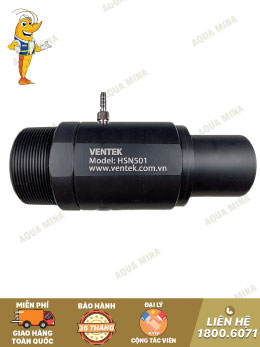
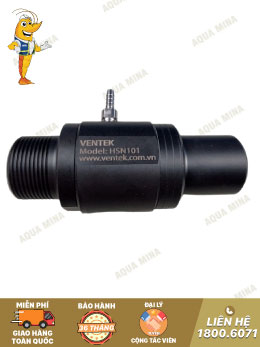
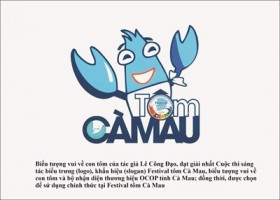
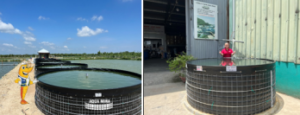
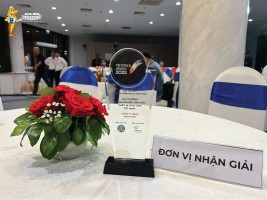
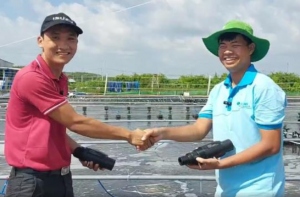
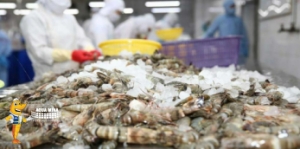
.jpg)